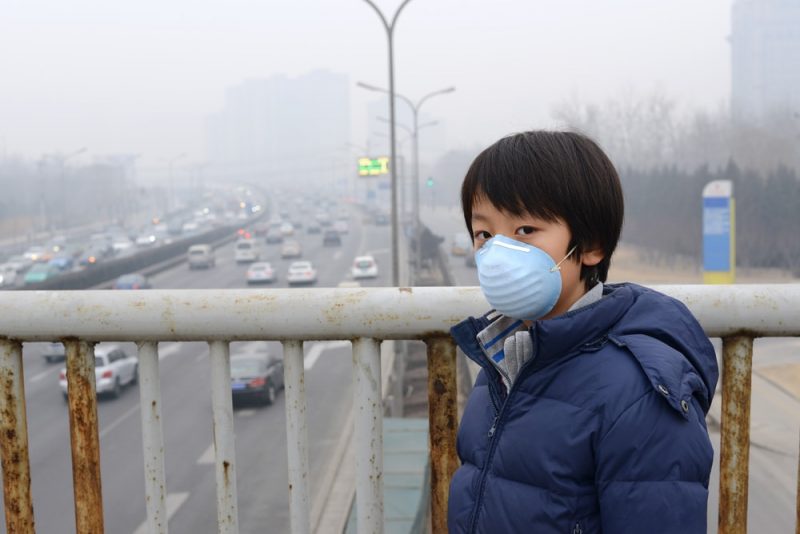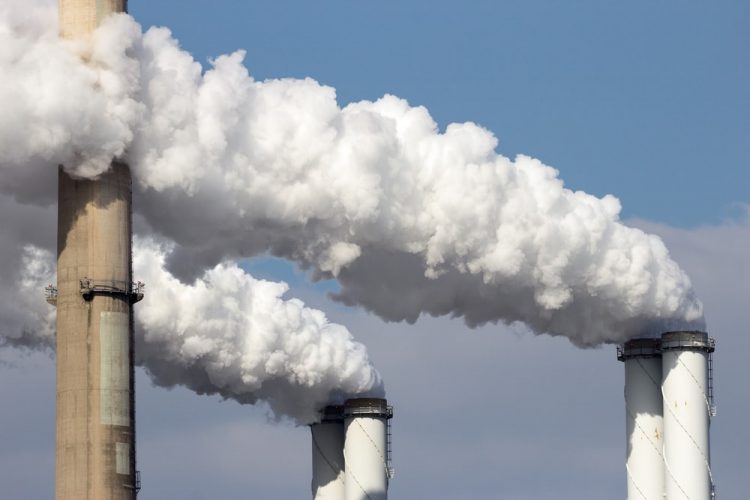The major air pollutants they have been created by man, that is, they are exogenous pollutants. Gases and other toxic substances are emitted by various human economic activities. For example: carbon monoxide, sulfur dioxide, nitrogen oxides.
Pollution occurs when the presence or accumulation of a substance negatively affects the ecosystem.
Pollution sources can take various forms:
- fixed. They are those that do not change places, this has the effect of accumulating the same harmful substances in one place. The difference in the case of air pollution is that although the source is fixed, the wind can spread the contaminant over a very large area.
- Mobile. Those that change places while emitting polluting substances, extending the affected area.
- of area. When a large sector has diverse and small sources of pollution that, due to the sum of their emissions, affect a considerable area.
- natural phenomena. The ecosystem can be harmfully affected by sources that do not depend on human action. In such cases we speak of endogenous contamination. In the case of air, an example of endogenous pollution is volcanic eruptions. However, natural pollutants are not the main air pollutants, as will be seen from the list.

Major Air Pollutants
- Carbon monoxide (CO). Colorless gas highly toxic in high concentrations or by prolonged exposure. In general, it is not usually found in concentrations high enough to cause rapid poisoning. However, stoves that burn fuel (wood, gas, charcoal) are very dangerous if they do not have an adequate installation that allows an air outlet. Four million people die annually from carbon monoxide poisoning. Comes from:
- Nitrogen Oxides (NO, NO2, NOx). Mixture of nitric oxide and nitrogen dioxide. Although it is produced in large quantities by human activity, it is oxidized (dissolved by the intervention of oxygen) in the atmosphere. One of the negative effects of these oxides is that they are involved in the formation of acid rain, becoming pollutants not only in the air but also in the soil and water. Comes from:
- Sulfur dioxide (SO2). A relationship has been discovered between respiratory conditions in humans and the concentration of sulfur dioxide in the air. In addition, it is the main cause of acid rain, which affects the entire ecosystem, contaminating soil and water surfaces. It comes almost exclusively (93%) from the burning of fossil fuels (derived from petroleum). This burning occurs mainly to obtain energy, but also in industrial processes (“fireplace industries”) and in transportation.

- suspended particles. Also called particulate matter, they are solid or liquid particles that remain suspended in the air. In order for a non-gaseous substance to be suspended in air, it must have a specific diameter called the “aerodynamic diameter” (the diameter that a sphere having a density of 1 gram per cubic centimeter must have for its terminal velocity in air to be the same as that of the particle in question). Comes from:
- Incomplete combustion of any substance: fossil fuels, waste, and even cigarettes.
- They are also silica particles from rock grinding and glass and brick manufacturing processes.
- Textile industries produce organic dust.
- Chlorofluorocarbon (CFC). They were very common in the manufacture of aerosols, although their use has now decreased due to their drastic negative effects on the environment. They are also used in cooling systems. This gas joins the ozone particles in the layer that protects the planet, breaking it down. The call “ozone hole” leaves areas of the earth’s surface defenseless against harmful solar rays for both man and plants and animals.

